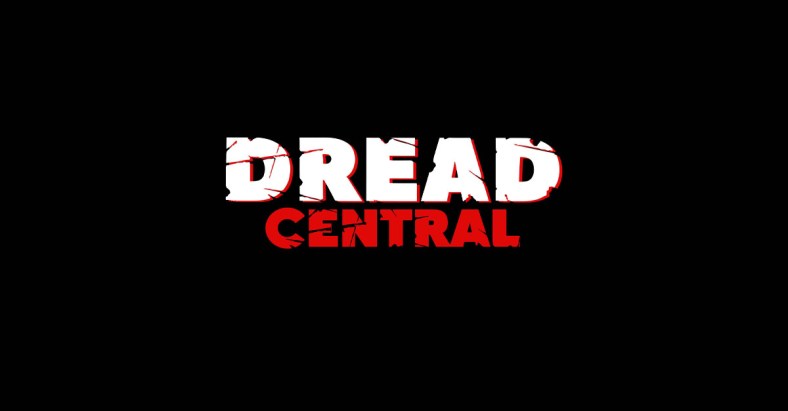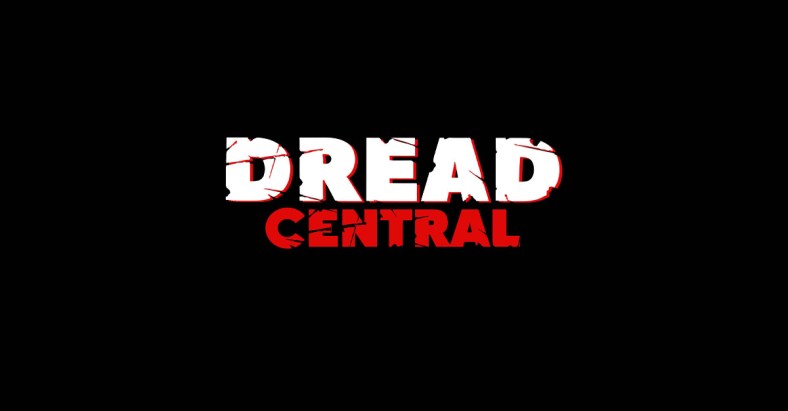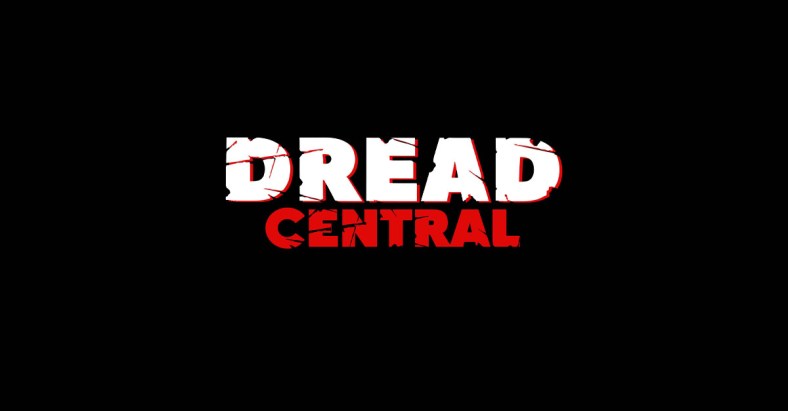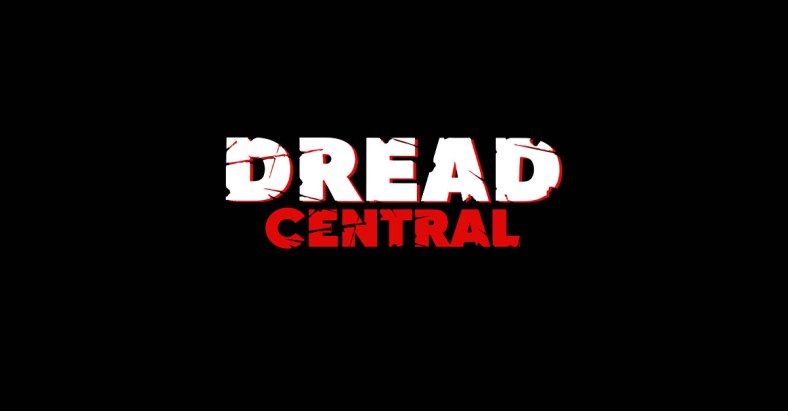Exclusive Interview: Director And Star Roger Conners Discusses His NIGHT OF THE LIVING DEAD Adaptation REBIRTH

After spending a number of years in development, the zombie film Rebirth will finally be available on video on demand services next month thanks to Midnight Releasing. There will also be a physical release later this year, with more details set to be announced soon.
Related Article: REBIRTH Review – A Strong Adaptation Of NIGHT OF THE LIVING DEAD
Written and directed by Roger Conners, who also stars in the lead role, Rebirth serves as a modern adaptation of Night of the Living Dead, with a mismatched group of survivors seeking refuge in an isolated farmhouse, with swarms of ravenous zombies also trying to force their way inside. While it entered production under the title of Night of the Living Dead: Rebirth, the name of the film was later cut down to just Rebirth after Gary Streiner of Image Ten Productions, the company behind the original Night of the Living Dead, clarified that the company prefers works based off the source material to avoid using the original title. Either way, Rebirth is still a respectful homage to Romero’s original classic which fans will no doubt enjoy.
Conners has also appeared in a number of other indie horror movies, such as Fighting the Sky, The Curse of Lilith Ratchet, Mother Krampus 2: Slay Ride, and Teacher Shortage, so our readers will probably already be familiar with his work. He granted us the following interview about Rebirth ahead of the film’s release on June 4, and you can read what he had to say below. On the other hand, you can also learn more about Rebirth on Facebook and Midnight Releasing’s official website.
Dread Central: Rebirth spent a number of years in production, so it must feel great to finally be reaping the fruits of your labour?
Roger Conners: Oh, man, you truly have no idea how right you are with that. There was a long period of time that I genuinely did not think this film would see the light of day. But somehow, someway it did, and I am so grateful for that fact. It’s surreal, and I owe it all to Michael Kunz and Malachi Pulte of Disposable Entertainment. The two of them literally resurrected Rebirth from the dead, and for that I owe them so much.
DC: Why did you choose to adapt Night of the Living Dead in a modern setting?
RG: As a young child I had a very intense (and probably unhealthy) obsession with the original film. I was always drawing out scenes from it, recreating it with dolls and action figures, or forcing other kids to play it with me by setting it up as an elaborate form of hide and seek. In high school, my final project for my sophomore year pottery class was a detailed bust of Judith O’Dea as Barbra leaning against a tombstone. It was extremely defining for me as a youth, and that obsession just carried with me and never really went away. I suppose I just wanted to reimagine it in a way that would inspire youths who find themselves turning to the horror genre, that younger generation who all to often avoids the classics of yesteryear, to seek it out and watch it for themselves. More than anything, I just want to shine a light upon the influence the original film has had on me, personally. As an actor, as a filmmaker, and as a fan.
DC: The sliding opening credits reminded me of Saul Bass’ opening sequence for Psycho. How did these credits come about?
RG: I really wanted to start the movie off on the same note as Romero’s film, but I knew I needed to quickly establish that our film is trying to be its own, unique product. I felt it was wise to lean into other popular cinematic styles and techniques from the late 60s and early 70s. Editor Michael Kunz took those notes and came up with the sort of “dripping blood” title sequence that opens the film. I really loved the initial concept and so he just ran with it from there.
DC: Directors usually cast themselves as fearless heroes, and yet the character you play in Rebirth spends most of his screen time crying, screaming, and cowering in a corner. Was it a tough decision to cast yourself in such an unflattering role as such a cowardly protagonist?
RG: This may go against the popular opinion, but I’ve personally always cherished the character of Barbra. I felt that she perfectly depicts an individual who has just experienced severe trauma. What her character experiences over the course of the film is horribly traumatizing, and I feel Judith O’Dea did an exquisite job portraying that decline. I really wanted to honor that character’s emotional journey, and reinterpret that with a new incarnation that honors them.
DC: Was it a challenge to convey Adam’s emotions considering that you have very little dialogue throughout the film?
RG: We ended up skimming roughly 50 minutes from the movie, and a lot of that was dialogue. Adam originally had significantly more dialogue in the original cut of the film, but we very intentionally decided to cut down on it for an array of reasons. Upon viewing it we just felt that a quieter performance does the character more justice, especially when putting him up against the aggressive and outwardly cruel Rev. Cooper. Over the course of the film it’s made very clear that Adam isn’t the issue. Coopers disdain for him exists simply because he assumes Adam is gay. He makes that assumption from the moment he lays eyes on him, and from that point forward nothing he says or does can sway his opinion of him.
DC: Can you talk about the supporting cast?
RG: I’d be honored to. This being my directorial debut, I was extremely lucky to have the opportunity to work alongside a cast as professional and talented as this one. Everyone brought their A-game, day after day, week after week, month after month. And thankfully they all stood by me and supported me in my decisions as a first time filmmaker, which was extremely empowering.
When it comes to the focal cast, Rachel Anderson and Alvin Hudson are such a powerful force on camera. I think the screen completely lights up when they’re the focus. I’d worked with both of them before on separate projects, and I went into casting this with both of them in mind. Same with Brad Arner, with whom I had acted opposite in a little known slasher called Chill: the Killing Games. I just think he’s insanely talented and knew he’d be perfect in the role of Tom. I think he really shines in that role.
And Aswan Harris has really stood by this project and his integral part in creating it. He gave the character of Ben the heart the role needed to work believably on camera. That character possesses some very sympathetic and endearing traits that Aswan portrayed perfectly.
DC: The film features a vile homophobic and racist character called Reverend Harold Cooper. Was his inclusion in the script meant to serve as a reminder of how bigotry is still very much alive in modern times?
RG: I knew that, if I was going to be retelling this iconic story, I needed to do it in a way that felt fresh and relevant. That meant taking some artistic liberties and interpreting several aspects of it through fresh lenses. Let’s be real, we’ve seen so many takes on this tale and many of them have prioritized it as a zombie movie, first and foremost. I wanted to stay true to the horror while also honoring the powerful social commentary exploded in the original piece. At the time I was working on the original draft of the script, the Westboro Baptist Church were making headlines for picketing at funerals of innocent children, fallen soldiers, and queer individuals. That kind of ignorance and hatred was exactly what I wanted to touch on with this character. That sort of religious extremism that prioritizes blind faith over humanity and love. I let that bleed over into my work, and I really vented my disdain for their message by injecting it into the character of Rev Cooper. It was strangely cathartic, to be honest.
DC: Why did the actor who played your brother in the opening scene have so many tattoos on his face?
RC: The actor RJ Messenger is actually that heavily tatted. I was looking for an actor who looked as though he could be related to me. I saw RJ and thought his look was a great, modern approach to that character. A hard-edged bad boy with a soft spot.
DC: And can you also discuss the soundtrack?
RG: That was all Malachi Pulte’s work. He’s not one to label himself a composer first and foremost, but I really adore the score he crafted for this film. He toyed around with integrating some really unique sounds and samples and in the end produced something that sounds very stark and unsettling. I personally feel he did some fantastic work on this film.
DC: I loved the practical makeup effects used on the actors playing the zombies. Can you talk about these makeup effects?
RG: I was blessed to have a large team of makeup artists who worked together and collaborated on creating a strong look for our ghouls. Ron George, Dan Click, Greg Lanning, and Cassaundra Hallaway oversaw the makeup department, and each one brought something integral to the creation of our undead army. I’m so thankful for their contributions. There is no way I would have been able to execute this film properly without their efforts as well as the rest of the talented makeup team that worked alongside them and assisted them.
DC: And finally, I also need to ask, why do the eyes of the zombies glow throughout the film?
RG: This was a unique decision that we made deep into the editing process. At the end of the day, I didn’t want to offer viewers the same old same old. We’ve seen so many interpretations of the slow, shambling zombie, and I really wanted to bring something fresh to the design. I based this idea off a single line in the original film that discusses the Venus probe that was recently returning to Earth but was destroyed before it reached our atmosphere. I thought it would be interesting if we leaned into that and played up the sort of alien-parasite idea for the explanation as to why this outbreak is taking place.
I started looking for influence outside of standard zombie cinema. I looked to video games like Left 4 Dead, Bio Shock, and Resident Evil. I also turned to inspiration from films such as Slither and Shivers, classic parasitic body-horror films that result in a sort of body-snatcher outcome once a victim becomes infected. So you’ll notice that the eyes don’t light up until a ghoul detects the presence of warm flesh. When that happens, something triggers their brain to go into feeding mode, and that’s what you’re seeing when the eyes glow. You know that, whatever is compelling these corpses to get up and reanimate, its soul purpose is to feed.
Categorized:Interviews News






